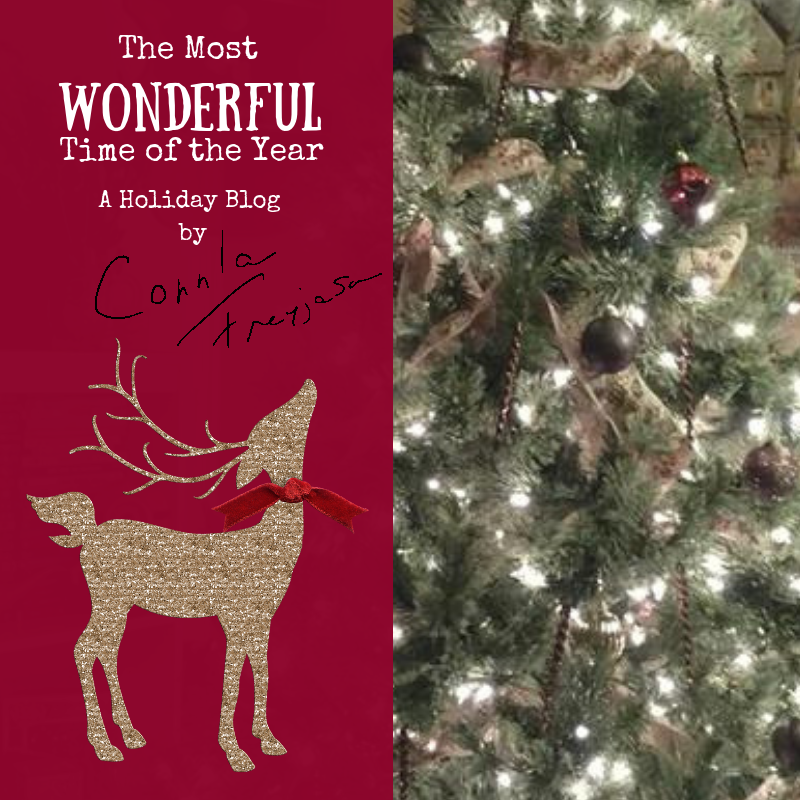Publisher’s Minute: March 23, 2018
 Gosh, it’s bright out here! I’ve been living in the broom closet for so long, I almost forgot what daylight looks like! Hi, I’m Michelle Iacona, the owner and “overseer” (at least, according to my “charges”) of Iaconagraphy Press, and it is more than high time that I began using my voice on the website that bears my name as its url. Of course, you can still expect weekly blogs from Connla Freyjason each Wednesday, to enlighten you, and hopefully uplift you as well, but on most Fridays, you will now also have this Publisher’s Minute to look forward to (I hope!).
Gosh, it’s bright out here! I’ve been living in the broom closet for so long, I almost forgot what daylight looks like! Hi, I’m Michelle Iacona, the owner and “overseer” (at least, according to my “charges”) of Iaconagraphy Press, and it is more than high time that I began using my voice on the website that bears my name as its url. Of course, you can still expect weekly blogs from Connla Freyjason each Wednesday, to enlighten you, and hopefully uplift you as well, but on most Fridays, you will now also have this Publisher’s Minute to look forward to (I hope!).
Why a Publisher’s Minute?
Because as a full-time author who now runs her own imprint as well, a minute is about all I have to spare!
Seriously, though, in a world where self-publishing is no longer simply “what you do because no actual publishers would deign to pick up your work”, the difference between self-published and “hey, this is an actual small press with its own imprint” tends to often get lost in the mix. Instead of getting to bask in the glory of his bouncing new book-baby, the first author on my imprint is being treated like “every other self-published author”, and as his friend and his publisher, I’d really be a jerk if I just stood by and let that continue to happen.
So, what’s an imprint?
An imprint is a trade name used by a publisher to identify a line of books or a publishing arm within a publishing organization; it is different from a corporate name in that it does not represent an entity with a corporate life of its own. (Senior Analyst, Bowker)
As a business focused on “things people print”, whether that be papercrafting paraphernalia, or votive art, Iaconagraphy has technically been a publishing company for the past five years:
publisher: A person or business that focuses on the professional, commercial production and issuing of literature, information, art, or software. (slightly paraphrased; emphases mine; Merriam-Webster Online Dictionary)
We’ve been actively publishing art, information, and software professionally and commercially under the title Iaconagraphy for five years; Iaconagraphy Press is the imprint of the book-focused branch of our publishing company.
What’s the difference between what Iaconagraphy Press is doing and self-publishing?
To answer that question, let’s take a look at what professional presses actually do for their authors:
- A small or independent press screens submissions: they won’t simply publish something because they or a friend or family member wrote it, so “naturally it’s good”.
- A small or independent press has what I like to call working parts: someone edits the book; someone designs the book (you will find this frequently referred to as “book layout” by moi); someone creates artwork and a cover for the book; someone markets the book. These things are done at and by the employees of the small/indie press, they are not “farmed out” to freelancers or other outside professionals.
- A small or independent press doesn’t only publish its owner’s work; it does all of that stuff mentioned in the last bit for other authors as well. This does not mean that small/indie presses never publish their owner or founder’s work; it means they do not limit themselves to solely publishing their owner or founder’s work.
Bottom line: if you have a shiny new imprint, but you are only publishing your own work “on” that imprint, then you are a self-published author, not a small/indie press, even if you did edit, design, create artwork and cover art, and market that book. If you “farmed out” all of that stuff to freelancers or other outside professionals (and good on you if you went to that expense in order to assure a quality product!), then you are likewise a self-published author with your own imprint; you are not a small/indie press.
Let me be very clear here:
I am not disparaging self-published authors, nor the general act of self-publishing.
You do you, Honey, and I hope you knock that ball out of the park, and wind up with the same success as E.L. James (Fifty Shades of Grey) or Andy Weir (The Martian)! All I am attempting to do in this post is explain my publishing choices, and the choice made by any authors published on my imprint, or whom I may publish in future. Because that’s another thing that small/indie presses do (at least, if they are good ones):
A small/indie press backs up its authors; they don’t have to “go it alone”.
Many years ago, I learned a very important lesson about small/indie presses of quality: they will and do stand up for their authors, when their authors need them to. My mentor taught me that the small/indie press is an author’s insurance that they never have to apologize or explain. Those two things–apologizing and explaining–become the publisher’s job, not the author’s.
Next week, I will explain why Iaconagraphy Press only publishes in print format, rather than digital (e-books). I won’t guarantee that I’ll apologize for that, though. *wink*



